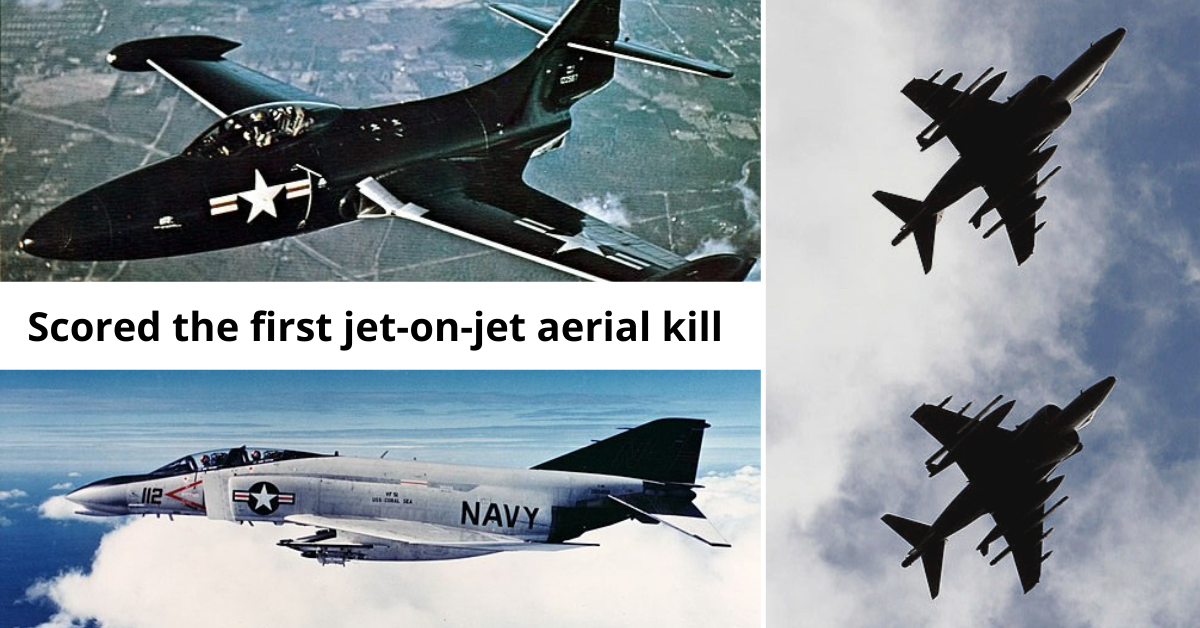The Italo-Turkish War of 1911-12 was the first to feature aerial bombardment. World War I, which began a few years later, also featured a fair amount of dogfighting. Since then there has been a race to produce the fastest and deadliest planes. Below is a list of the deadliest carrier fighter jets of all time.
Grumman F9F Panther
After World War II, the United States realized that it needed to invest heavily in combat aircraft. The F9F Panther, which first flew on November 21, 1947, was Grumman’s first jet fighter and the US Navy’s first successful carrier-based fighter. It featured a navy blue color scheme and four 20mm cannons. The elegant fighter could also carry several other ammunition.
The Panther didn’t have long to be tested, as the Korean War began in 1950. Navy pilots flew hundreds of missions aboard the F9F. On November 9, 1950, the fighter scored the first recorded jet-powered air kill by shooting down a Mikoyan-Gurevich MiG-15. Even though the MiG-15 had a top speed of 670 MPH, compared to the slightly lower speed of the F9F, the Panther continued to prove its combat capability, as a single F9F shot down four MiGs in a battle at above the Sea of Japan in 1952.
The United States retired the aircraft in 1958.
Mitsubishi A6M Zero
The Mitsubishi A6M Zero, a carrier-based fighter aircraft, was designed by Jiro Horikoshi and first flew in April 1939. The aircraft immediately dominated dogfights, achieving a 12-to-one kill rate. It could travel 1,600 miles on internal fuel and reach a top speed of 346 MPH. Despite its speed, the Zero could still turn in no time.
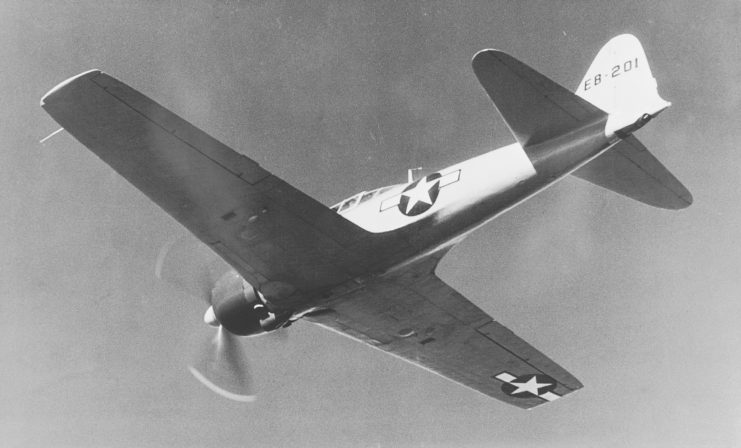
At the start of World War II, the Zero dominated the skies. As other aircraft adapted, however, the Achilles’ heel of the Japanese-designed aircraft was found. Allied forces realized it had been lightly armored to achieve its incredible performance. For this reason it was widely adapted for use in kamikaze missions towards the end of the conflict.
Grumman F6F Hellcat
The Mitsubishi A6M Zero presented a major problem for the Allied forces. At first, the Americans tried to confront the Japanese aircraft with the Vought F4U Corsair. The planes initially looked formidable, with a kill ratio of 11 to one. Over time, however, carrier landing and logistics problems opened the door to other fighters. Enter the Grumman F6F Hellcat.
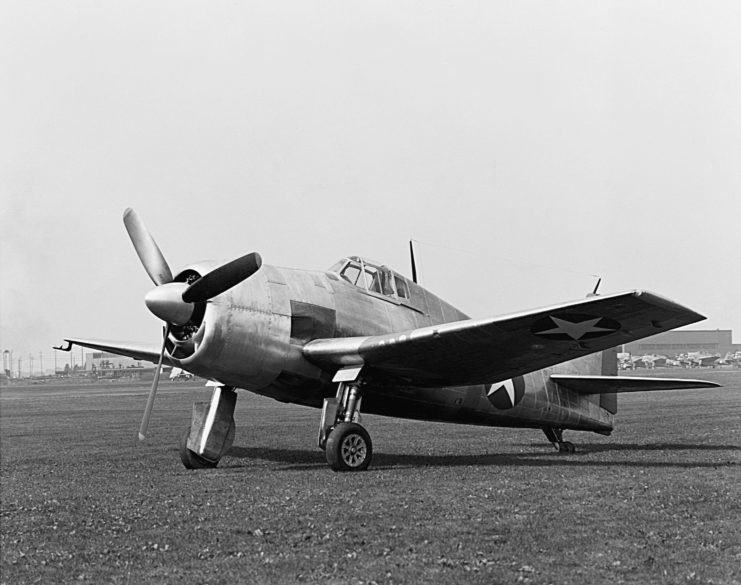
While in service with the US Navy, US Marine Corps and Royal Navy Fleet Air Arm, the Hellcat is credited with destroying an incredible 5,224 enemy aircraft. It was quickly developed by Grumman in the early 1940s and first flew on June 26, 1942.
Entering the Pacific Theater, the Hellcat turned the tide. In fact, the plane shot down so many Japanese planes during the Battle of the Philippine Sea that Navy crews referred to the conflict as the “Great Marianas Turkey Shoot”.
McDonnell Douglas F-4 Phantom II
The F-4 Phantom was developed after World War II and in Korea. Designed by McDonnell Douglas, it was very different from the aircraft used in the two previous wars, as it could reach speeds of Mach 2 and carry 18,000 pounds of armament. The fighter featured prominently in the Vietnam War in reconnaissance missions and dogfights, and was known for its ability to combine huge payload with speed and maneuverability.
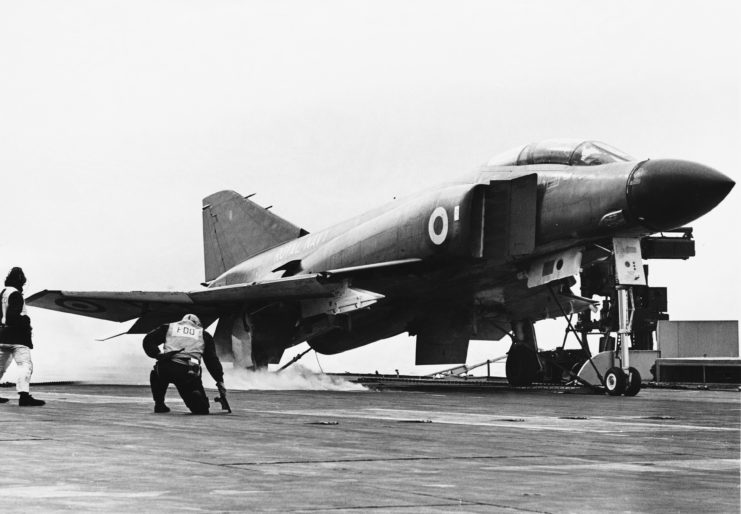
However, that didn’t mean there weren’t problems with the plane. Pilots complained about the poor maneuverability and inefficiency of its early missiles. Rather than change its design, the Navy chose to train its pilots better – in fact, the “TOPGUN” school was created to help pilots understand how best to operate the aircraft.
Harrier
Taking off and landing on an aircraft carrier is no small feat. The US military was painfully aware of the problem and so focused on solving it. The result of their work was the Harrier, which first flew on December 28, 1967. Unlike previous jets, the Harrier was a VTOL, meaning it took off and landed vertically, eliminating the need for dangerous horizontal landings. on an aircraft carrier.
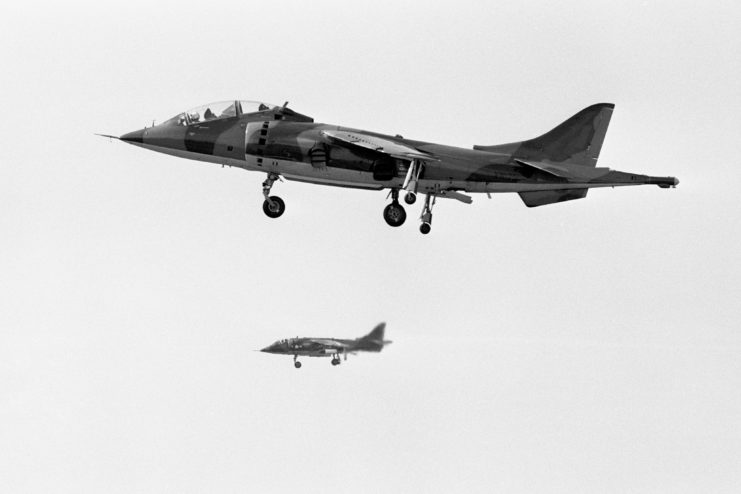
The Harrier was also effective in the air, albeit after some training. Difficult to fly due to the new VTOL technology, pilots who mastered the aircraft were able to perform their duties well. Harriers were best used during the Falklands War in the 1980s, in which British pilots used Sea Harriers to fend off Argentine forces.
The Harrier was officially discontinued in 2003.

